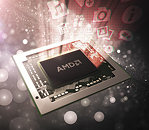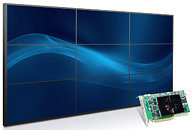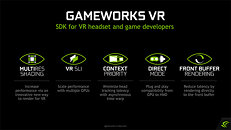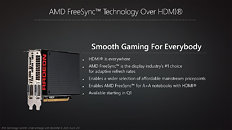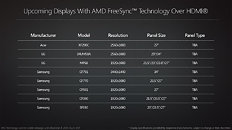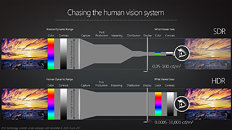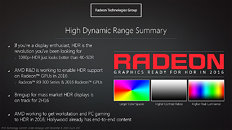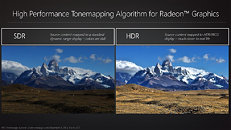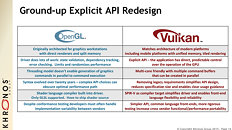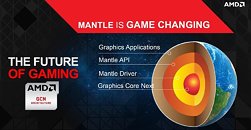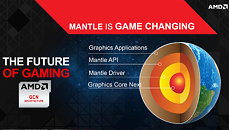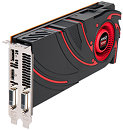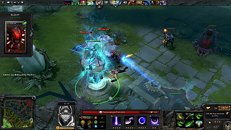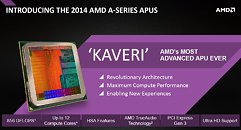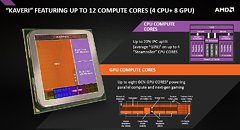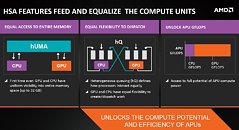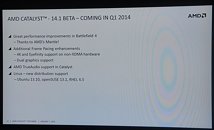
NVIDIA Unveils the Quadro M6000 24GB Graphics Card
NVIDIA announced the Quadro M6000, its new high-end workstation single-GPU graphics card. Based on the GM200 silicon, and leveraging the "Maxwell" GPU architecture, the M6000 maxes out all the hardware features of the chip, featuring 3,072 CUDA cores, 192 TMUs, 96 ROPs, and a 384-bit wide GDDR5 memory interface, holding 24 GB of memory, double that of the GeForce GTX TITAN X. Its peak single-precision floating point performance is rated at 7 TFLOP/s.
Where the M6000 differs from its the GTX TITAN X is its workstation-grade features. It drops the HDMI 2.0 connector for a total of four DisplayPort 1.2 connectors, supporting a total of four 4K Ultra HD displays. The dual-link DVI connector stays on. There's also an optional stereoscopic 3D connector. The nView MultiDisplay tech provides more flexible display-head configurations than the ones you find on NVIDIA's consumer graphics GPUs; you also get NVIDIA GPUDirect support, which gives better memory sharing access for multi-GPU systems. The M6000 supports most modern 3D APIs, such as DirectX 12, OpenGL 4.5, and Vulkan; with compute capabilities over CUDA, OpenCL, and DirectCompute. NVIDIA didn't reveal pricing.
Where the M6000 differs from its the GTX TITAN X is its workstation-grade features. It drops the HDMI 2.0 connector for a total of four DisplayPort 1.2 connectors, supporting a total of four 4K Ultra HD displays. The dual-link DVI connector stays on. There's also an optional stereoscopic 3D connector. The nView MultiDisplay tech provides more flexible display-head configurations than the ones you find on NVIDIA's consumer graphics GPUs; you also get NVIDIA GPUDirect support, which gives better memory sharing access for multi-GPU systems. The M6000 supports most modern 3D APIs, such as DirectX 12, OpenGL 4.5, and Vulkan; with compute capabilities over CUDA, OpenCL, and DirectCompute. NVIDIA didn't reveal pricing.


